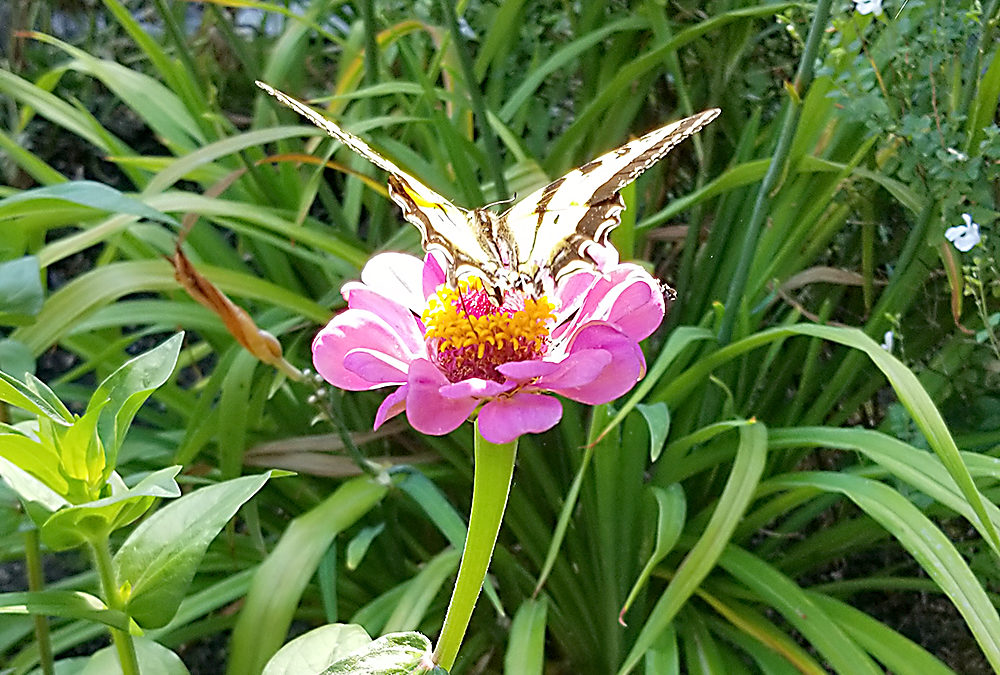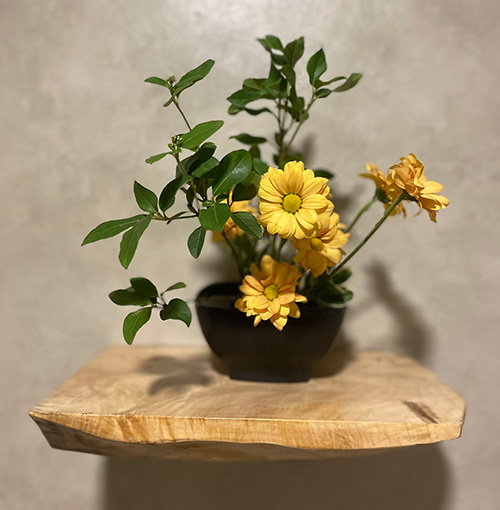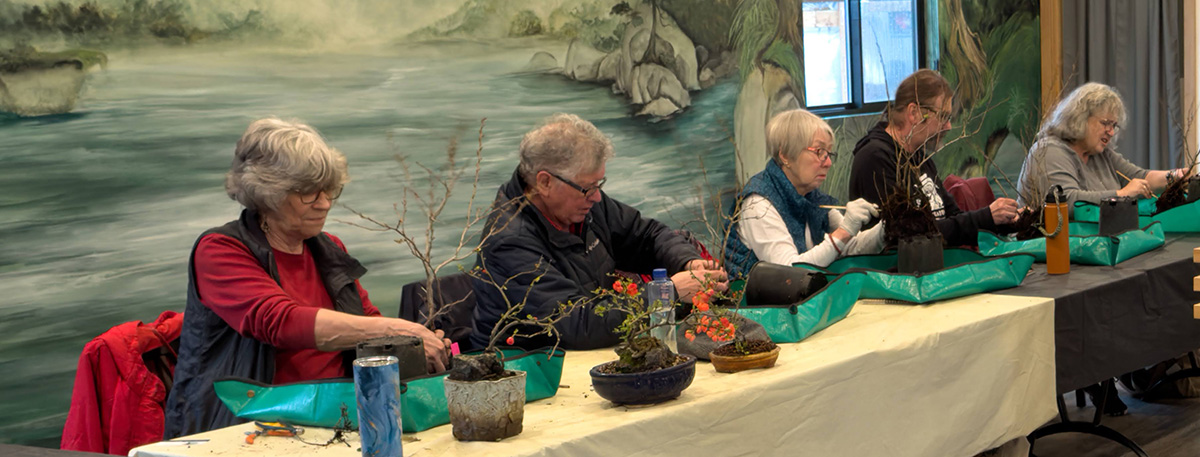As children, we’ve been fascinated by birds, bees, and flowers, knowing little about their interrelation in nature. But as we mature, our fascination evolves into deep admiration and respect for the complex yet beautiful part they take in pollination. Whether it’s the honest surprise of seeing a lone butterfly in the garden or intentionally attracting birds, pollinators are nature’s intuitive gardeners, and we are bystanders as they work wonders among other plant life.
Who Are The Pollinators
Nature has its own intuitive way of maintaining the ecological process of pollination through its agents. And although animals, humans, and even wind can be pollinators, insects and birds perform a bulk of pollination.
Hummingbirds And Their Wings
Hummingbirds seek sweet nectar while rapidly beating their wings. This pollen ends up on their feathers, which they inadvertently take with them to another plant. With their wings still beating rapidly, they shake the pollen loose, which floats to other plants nearby, aiding the pollination process.
Bees
- Solitary bees – This species of bees is well known, stingless, and are not aggressive. They possess the anatomical structures essential to pollination, like hairs that collect and transfer pollen.
- Bumblebees – These bees use buzz pollination, which involves grasping a flower and vibrating wing muscles to loosen pollen. Wildflowers and crops like peppers and tomatoes benefit from this type of pollination. They are essential pollinators that need to be protected.
Butterflies And Moths
Butterflies and moths are useful and valuable pollinators. As they flit from one flower to another to drink nectar, they take pollen with them and bring it to other plants.
Wasps
Although wasps are known for their aggressive behavior, they offer valuable service in balancing insect populations. They do not have the anatomical structure of bees to trap pollen with their hairs since they’re smooth-bodied, but they provide incidental pollination as they carry and drop pollen from flower to flower.
Beetles and Flies
Beetles and flies are said to be the insect pollinators of the late Jurassic era. Like wasps, they have smoother bodies making them minor but still important pollinators. There are some species of flies that are beneficial to pollination.
How To Attract Pollinators To Your Garden
Understanding the role of insects and birds in the ecological process makes us think twice about swatting a wasp. In the grander scheme of things, we need pollinators, and they need us. Here are some tips to attract nature’s gardeners to your space and encourage pollination.
- Grow a wide selection of flowers that bloom all year long.
Different insects are attracted to different flower types. It’s fascinating how in the natural world, even compatibility is required.
- Attract pollinators by growing a variety of colors.
Bees are attracted to yellow, blue, and purple, while butterflies are drawn to flat flowers that grow in clusters. Hummingbirds favor funnel-shaped flowers in orange, red, or pink.
- Grow fragrant and aromatic flowers.
Pollinators love aromatic flowers, making herbs like sage, basil, and lavender attractive options.
- Create a space where they can rest and nest.
Whether it’s providing a birdbath or large screening shrubs, attracting pollinators also means you have to create a safe ecological space for them. It’s like being landlords to your working tenants.
Conclusion
Pollinators are essential to our ecosystem. 75 to 95 percent of flowering plants need help with pollination, and the intuitive nature of pollinators makes this possible. They are integral to our survival and help maintain balance in the world. This significant impact comes from small creatures. It’s fascinating, but most of all, it’s humbling.
Want more gardening tips and hacks? Our friends from Garden Simply would be happy to help. Go to www.gardensimply.com.
Locally, please check out our Pollinators class January 12, 2021.



